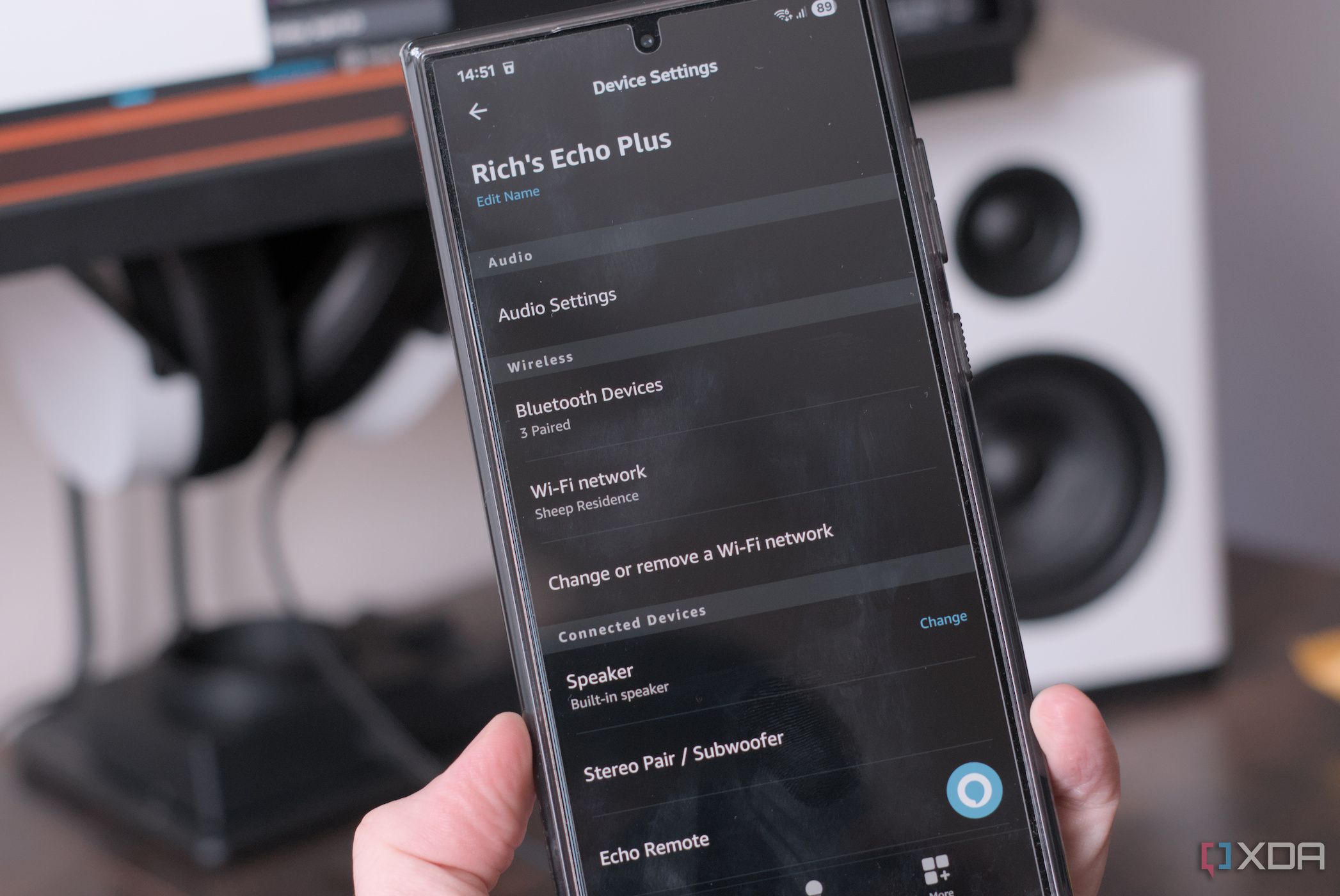It has been around six years since I purchased my first smart assistant device, the Amazon Echo Dot. It was a gimmick and was a purchase I didn’t need to make, but we enjoyed being able to use voice controls to manage lighting and other various bits around the home. The Echo Plus was then added to the mix, and things progressed well until we hit a few brick walls. We’re now looking at ways to replace Amazon Alexa and Echo with better speakers and more community-friendly software support, mostly powered through Home Assistant.
5
It’s unreliable with commands
Especially with accents
My wife was born and raised in the Caribbean, and while she has a standard British accent — having lived here for more than a decade — Alexa still has issues with some of the commands. Granted, the Amazon Echo Dot and Echo Plus have trouble understanding either of our commands at times. “Alexa, turn the living room lights off.” All the lights turn up to near maximum brightness, disturbing the fish attempting to doze off in the corner. It’s now at a point where I’m using Home Assistant to manually adjust everything.

Related
Home Assistant is the best example of what free and open-source software should be
A shining example of open-source done right
4
Alexa is not that smart
For a “smart assistant”
I’ve found Alexa to be more of a miss than a hit. Asking Alexa to play a specific song will unleash what seems like a barrage of advertisements for the next minute on Amazon’s premium upgrade subscription. Then there’s the fact that Amazon doesn’t have a skill for integration with Jellyfin, but it does with Plex. Sure, that’s down to the Jellyfin development team, but Alexa isn’t their device, and Amazon is a multi-trillion-dollar company with plenty of resources at its fingertips. Jellyfin doesn’t care what device I use to stream music, so long as it’s supported and works.
A barrage of advertisements for the next minute on Amazon’s premium upgrade subscription.
Alexa hardware is technically supported through your smartphone and via Bluetooth, but there has yet to be a skill released. An unofficial solution was published a few years ago, but it seems abandoned and may be hard to follow for those who haven’t created custom Alexa skills before. If Amazon doesn’t offer some degree of support through its vocal commands, then of what use is it? I can hook up some really premium speakers to a system that integrates with Jellyfin and Home Assistant, so what’s the need for Alexa?
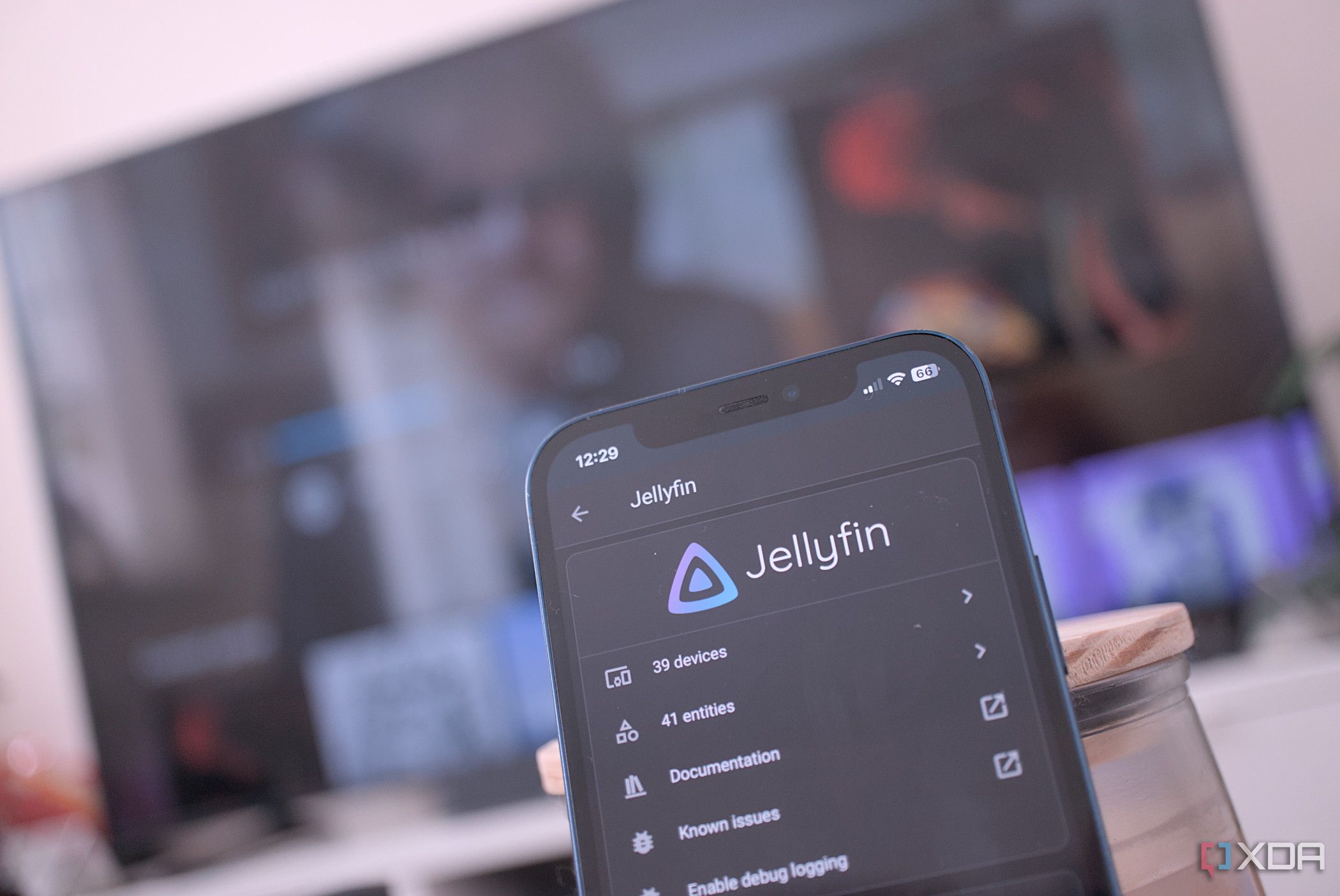
Related
6 Home Assistant integrations I use to make my smart home smarter
If you have a smart home and want to make it even smarter, these Home Assistant integrations will do the trick.
3
Dedicated speakers are always better
So long as you have the cash
Would you rather have an Amazon Echo Studio or Sonos Era 100? The Sonos hardware is outright better as a single unit comparison, and it even has a smart assistant. But where the Era 100 can transform your room is through integrations with other components, including the big screen. You can use a few with a Sonos cinema set to blast out your favorite tunes or enjoy colossal explosions for movie nights. The best part? You can add Sonos speakers to Home Assistant.
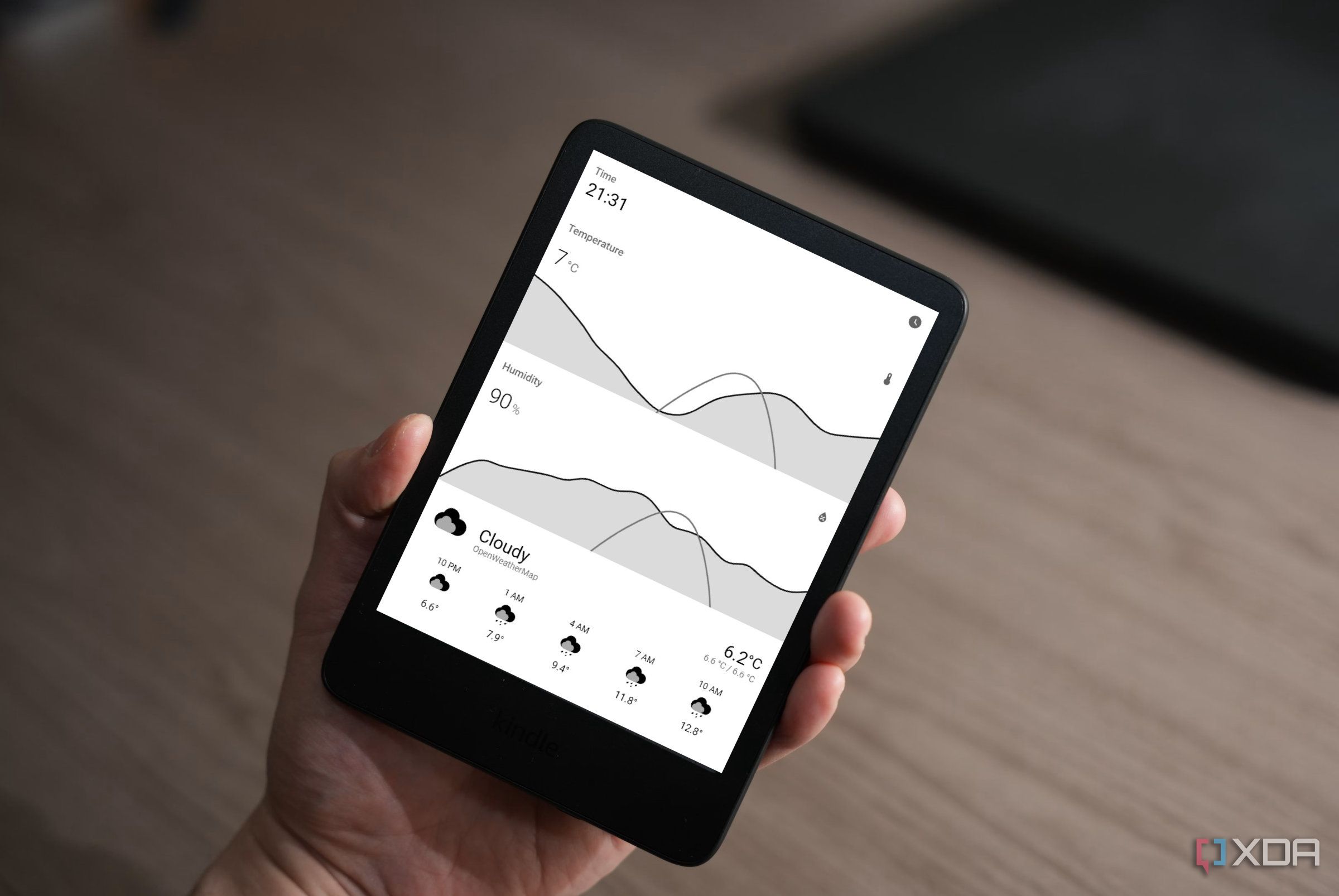
Related
5 cool things you can do with Home Assistant
Home Assistant is the best way to control all your smart home devices, but it can be so much more if you use a little imagination.
2
I don’t trust the big tech giants
It’s my data and my privacy
We all know Amazon listens in on conversations and uses that collated data to run targeted advertising. The same goes for your smartphone and anything else that’s connected and uses backend services. It’s an unfortunate transaction we regularly make with these big firms. We sell our data and privacy so we can enjoy free services, and the same goes for Amazon and Alexa. While you do purchase the products with hard-earned cash, running the assistant costs money, which needs to be recouped somehow from you and me.
Much like cloud storage and other services, I’ve started to migrate from Google, Microsoft, Apple, and Amazon, among others, in favor of self-hosting as much as I can at home. It’s a great way to learn new things and feel accomplished when you’re using Bitwarden, productivity software, media streaming, and home surveillance, all on your hardware with mostly open-source solutions. It’s also pretty neat when others ask about the services you use, and your response can be a simple, “I run my own stuff”.
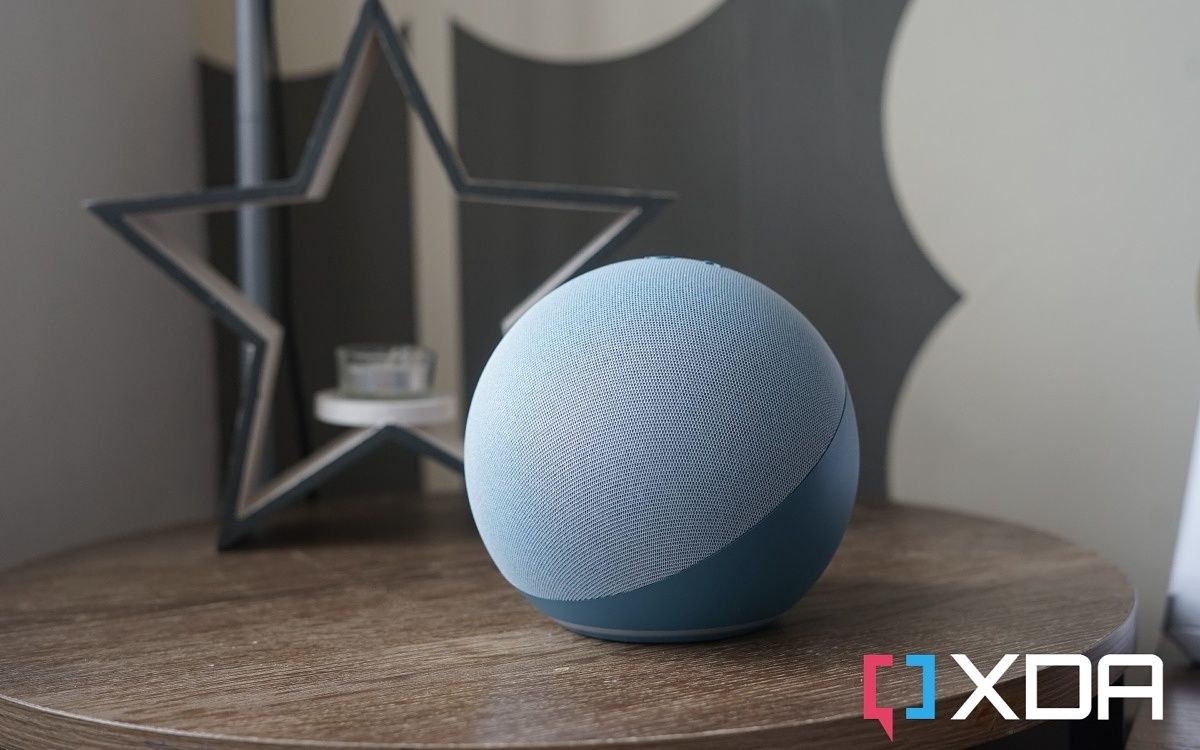
Related
How to create an Amazon Alexa skill from Blueprints
If you’ve ever wanted to create your own Amazon Alexa Skill, it’s actually really easy with the company’s own Blueprints system.
1
Home Assistant Voice is here
Buying into the preview
Home Assistant is best known for its platform for connecting everything and making it easier to create a smart home. What’s less known is that the company behind this incredible self-hosted marvel is launching a voice assistant called Home Assistant Voice. Nabu Casa is the first (and only) smart assistant developed from the ground up for Home Assistant. Built by the same folks who maintain the software, it’s a perfect match in heaven and eliminates the big tech middleman.
This incredible self-hosted marvel is launching a voice assistant called Home Assistant Voice.
All that’s required is a USB-C power adapter and an active Home Assistant. Everything is handled through the same Home Assistant interface, including installation of the hardware. Why Nabu Casa is making hardware includes some of the reasons I’ve used to remove Alexa from my home. There are plans to support many more languages than the big firms, advanced audio processing, visual and audible feedback, supports ESPHome, and is fully open-source, just like Home Assistant.
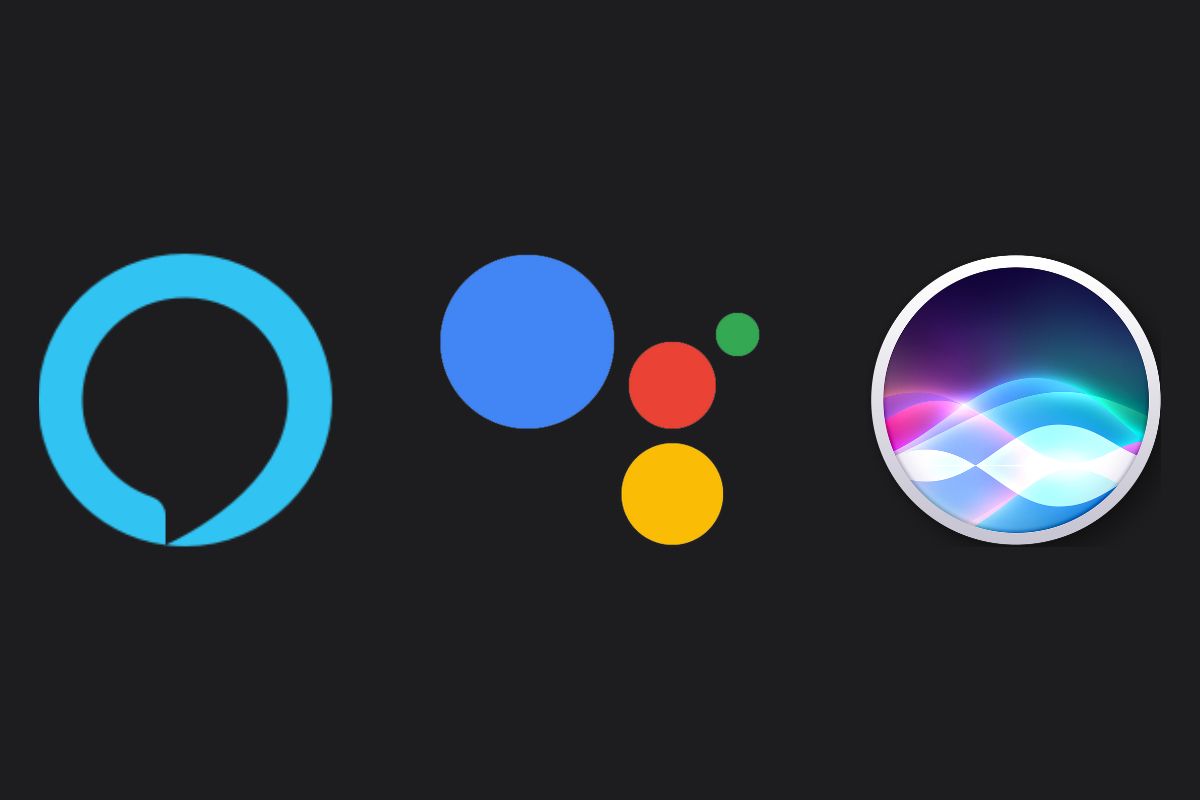
Related
How to delete voice history from Amazon Alexa, Google Assistant, and Apple’s Siri
Here’s how to delete the history from your Voice Assistant be it Alexa, Google Assistant, or Siri and clear all your saved recordings.
We’re still looking for the right alternative
My esteemed colleague Robert Brand knows a thing or two about home audio equipment, and I’ll surely be picking his brains about hardware and integrations when we’re ready to make the switch, but for now, Amazon has been largely retired at home. It has brought into question the necessity of Amazon Prime, too. Sure, the delivery service is convenient, but the amount we order has steadily dropped over the years, and we’re looking to support local businesses over larger conglomerates. That’s a long-term goal, and for now, I’m happy without Alexa listening in.
Alexa, don’t forget your bags.



